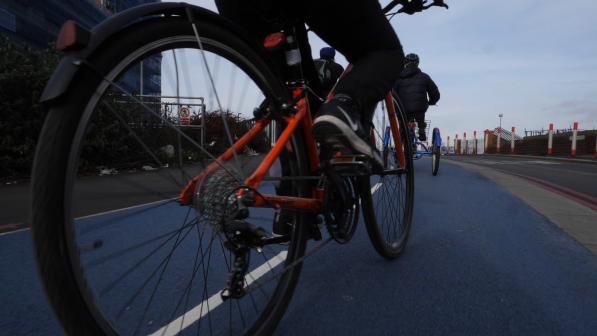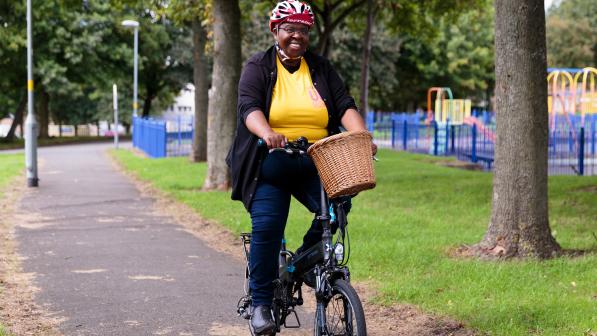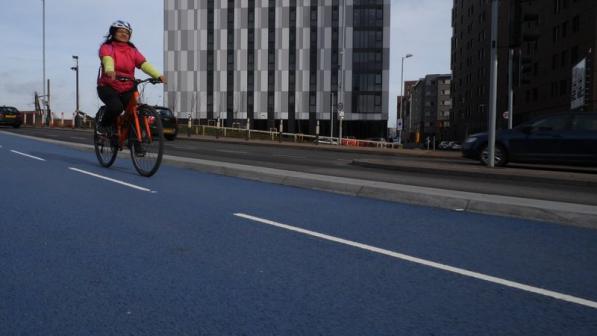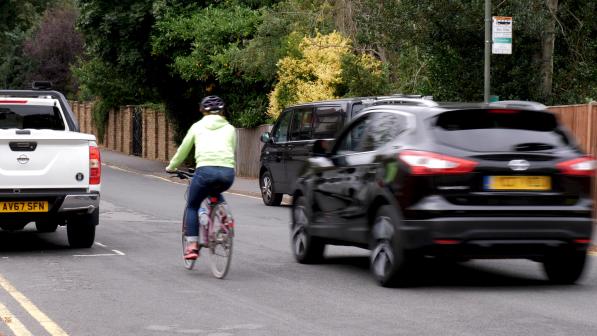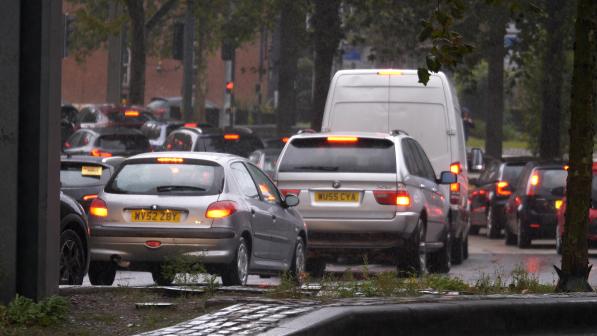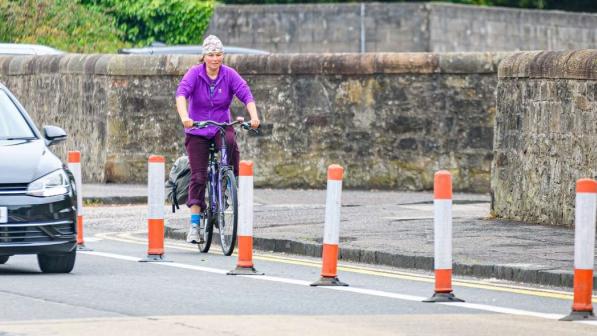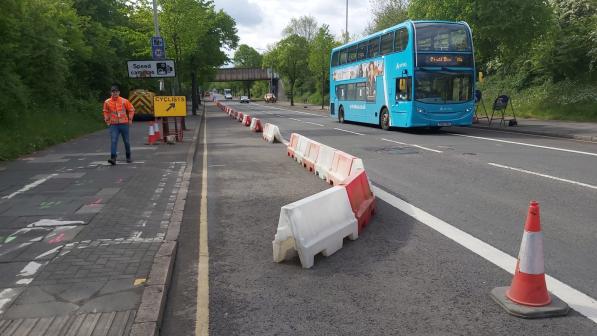Second phase of active travel funding arrives: time to bust the bike-lane myths

The transport secretary, Grant Shapps, confirmed today (13 November) that councils across England are being given a further £175m to create safe space for cycling and walking. The money represents the second tranche of the £225m "active travel fund" that was announced in May.
Councils will be able to use the money to fund measures such as separated cycle lanes; School Streets (closure of roads around schools to motor traffic at school times); low-traffic neighbourhoods (LTNs, involving closure of residential roads to through traffic); and improvements for pedestrians. However, local authorities will have to meet tougher conditions, including consulting on schemes, in order to receive the funding. If these are not satisfied, funding could be reduced or even taken back altogether.
The transport secretary wrote to councils in October raising concerns about how some of them had used the previous funding. "I saw... far too many instances where temporary cycle lanes were unused due to their location and design, while their creation left traffic backed up alongside them," he wrote.
Much of the media coverage in recent weeks has also been critical of cycle lanes and how the first round of funding was spent, yet surveys consistently show that the public is in favour of reallocating road space to cycling and walking. A survey in October found that 65% of people supported such schemes in their neighbourhood, while 78% supported measures to reduce local road traffic. Meanwhile, in London, polls show that 52% of people support LTNs, while just 19% oppose them.
We saw MPs blaming endemic problems – such as air pollution, congestion and the decline of the high street – on cycle lanes that were installed the previous day
Duncan Dollimore, head of campaigns, Cycling UK
Duncan Dollimore, Cycling UK’s head of campaigns, has urged councils not to be deterred from continuing to support active travel. He commented: “In early summer, councils were told that they had to reallocate road space to cycling and walking, but when many tried to do this we saw MPs blaming endemic problems – such as air pollution, congestion and the decline of the high street – on cycle lanes that were installed the previous day.
"Claims about a war against motorists were invented, opposition to schemes exaggerated, and too many councils buckled, removing cycle lanes and other schemes instead of modifying and improving them where needed.
"But the truth is that the majority of people support reallocating road space to cycling and walking in their local area. This really shouldn’t be news, because survey after survey says exactly this, but this time councils simply must take note, because in recent weeks far too many have underestimated support for these schemes, ignoring evidence and removing cycle lanes if travel behaviours don’t change overnight or anyone claims to have been inconvenienced.”
There's a myth perpetuated by vested interests that somehow cycle lanes and other active travel schemes cause traffic congestion. The truth is it's motor vehicles that cause congestion, and with more and more cars and vans on our roads, the problem is only going to get worse
Sarah Mitchell, chief executive, Cycling UK
The Walking and Cycling Alliance, of which Cycling UK is a member, has also published a 10-point report setting out the urgent need for more active-travel measures, and correcting the misconceptions that surround them, including levels of public support for them. The document can be downloaded from the link below.
Sarah Mitchell, Cycling UK's chief executive, commented: "There's a myth perpetuated by vested interests that somehow cycle lanes and other active travel schemes cause traffic congestion. The truth is it's motor vehicles that cause congestion, and with more and more cars and vans on our roads, the problem is only going to get worse. The solution is to enable people to leave their cars at home, especially for short journeys, by installing high-quality schemes where people feel safe to walk and cycle."
To help get that message to your local decision makers, use our web form to write a letter to your council leader and local councillors today.
